Support kidney function
NEPHRO-CARE BIOTIC
- "HE USES NEPHRO BECAUSE, WITH MY KIDNEY PROBLEMS, I WANT TO AVOID DIALYSIS IN THE FUTURE, PLUS THE DOCTOR SAID THAT HIS BLOOD PRESSURE HAS IMPROVED."
Od 11.99 zł
*GUARANTEE OF PRICE CONSTANCY
- Postbiotic product base - stimulates and supports the intestinal barrier, exhibits antioxidant, anti-inflammatory and antimicrobial activity.
- The product meets food safety and quality requirements confirmed by microbiological and heavy metal tests performed in an accredited laboratory.
- Only natural ingredients.
- Concentrated convenient liquid form in shot form:
- No unnecessary capsules, shells,
- No anti-caking agents,
- no preservatives,
- No artificial colors, sweeteners or other synthetic additives.
- No plastic - durable glass packaging that is environmentally friendly.
- Diuretics - goldenrod, birch,
- Supporting kidney function - astragalus, cordyceps,
- Anti-inflammatory - goldenrod, fistula, astragalus,
- Antimicrobial - goldenrod, fistula,
- Antifungal - goldenrod,
- Antioxidant - goldenrod, birch,
- thrust - fistula,
- Immunomodulating - astragalus.
COMPOSITION AND DOSAGE
NEPHRO-CARE BIOTIC Ingredients: concentrated fermented ingredients [kombucha (water, sugar, black tea leaves, kombucha cultures), extracts of: goldenrod herb (Solidago virgaurea L.), herb of forest fern (Veronica officinalis L.), white birch leaves (Betula pendula Roth), mycelial mycelium of Chinese mace (Cordyceps sinensis), membranous astragalus root (Astragalus membranaceus Moench)]; NFC cold-pressed apple juice 20%.| Nutritional information | (60 ml) |
|---|---|
| Goldenrod extract | 500 mg¹ |
| Wooden fennel extract | 500 mg¹ |
| White birch extract | 500 mg² |
| Cordycep extract including 30% polysaccharides | 400 mg³ 120 mg |
| Membranous astragalus extract | 300 mg⁴. |
GOLDENROD
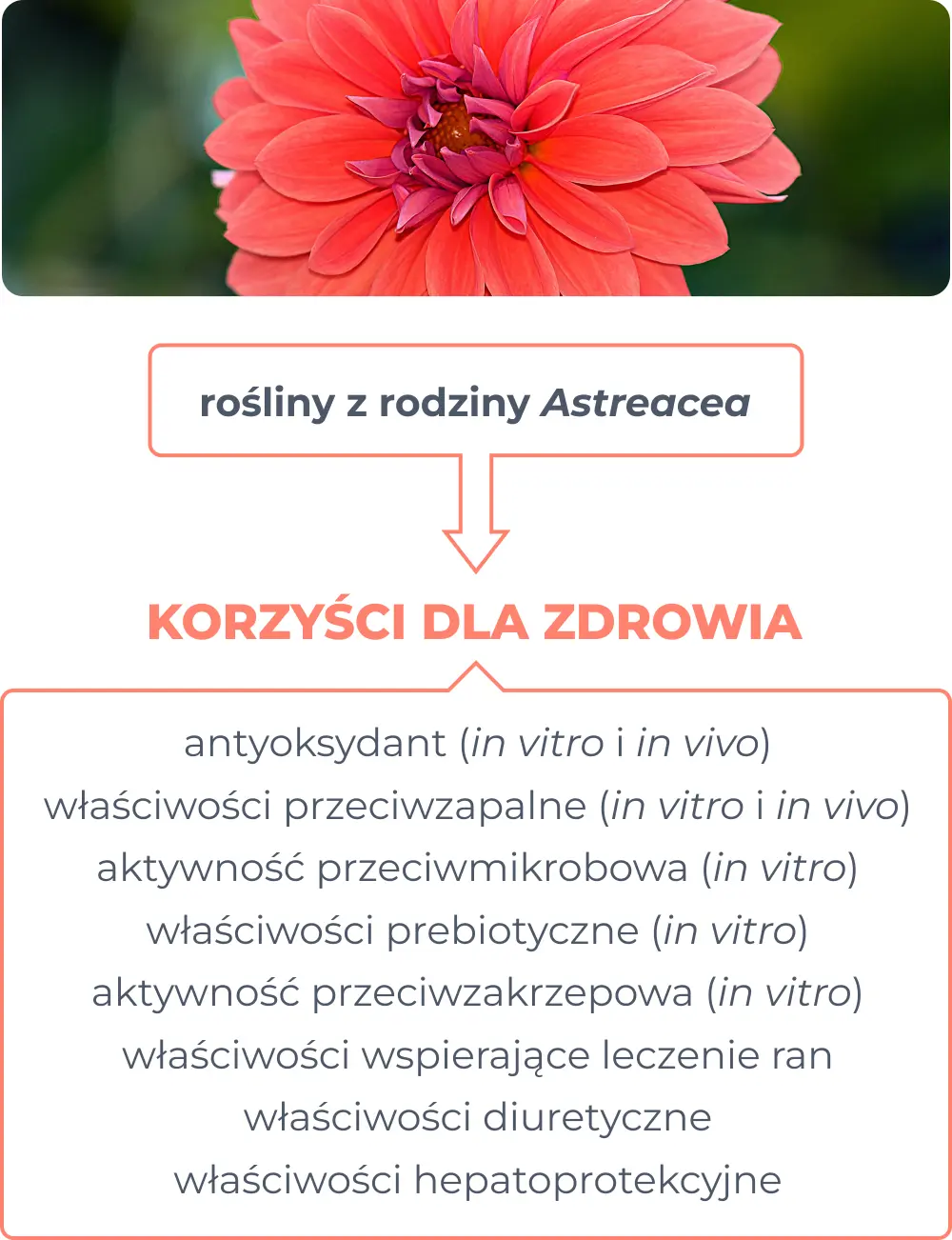 The ground parts of goldenrod have long been used for urinary tract diseases and as an anti-inflammatory in traditional medicine.
S. virgaurea Has a variety of medicinal uses.
Perhaps its best known uses are related to kidney disorders (a common ingredient in teas designed to remove kidney stones), urinary tract infections, bladder and prostate diseases (1-3).
The diuretic effect has been attributed to the flavonoid fraction (especially quercetin and its derivatives), which has been shown to inhibit neutral endopeptidase, causing increased urine flow (4,5). Inhibition of neutral endopeptidase leads to increased plasma concentrations of natriuretic peptides (6). This fraction of flavonoids was found to increase urinary excretion in the study by about 88% (5,7). Such an effect corresponds to about 75% of the effect of furosemide (8,9).
The ground parts of goldenrod have long been used for urinary tract diseases and as an anti-inflammatory in traditional medicine.
S. virgaurea Has a variety of medicinal uses.
Perhaps its best known uses are related to kidney disorders (a common ingredient in teas designed to remove kidney stones), urinary tract infections, bladder and prostate diseases (1-3).
The diuretic effect has been attributed to the flavonoid fraction (especially quercetin and its derivatives), which has been shown to inhibit neutral endopeptidase, causing increased urine flow (4,5). Inhibition of neutral endopeptidase leads to increased plasma concentrations of natriuretic peptides (6). This fraction of flavonoids was found to increase urinary excretion in the study by about 88% (5,7). Such an effect corresponds to about 75% of the effect of furosemide (8,9).
FISTULA
Common fennel (Veronica officinalis) is primarily known for its anti-inflammatory and analgesic properties. Veronica officinalis has been used in folk medicine to treat conditions that include systemic inflammation, mainly pain caused by rheumatism and arthritis (10,11). Also due to its antimicrobial and anti-inflammatory properties, uses of fistula include the treatment of asthma, coughs and due to its antioxidant and antimicrobial properties, fistula has been used topically to disinfect and accelerate wound healing (12-16). Dandelion is also used, as a tonic, causing increased sweating, which can help remove toxins and excess water from the body.BRONZE LEAVES
Birch leaves contain beneficial substances such as catechin tannins, resins, organic acids, saponins. They have been used for years in natural diuretic therapy, and the diuretic effect is attributed to flavonoid glycosides. In addition, the components of birch leaves are natural antioxidants that play an important role in protecting cells from oxidative stress (17). Birch leaf extract (Betula pendula) is traditionally used against rheumatic pain and in gout due to studies suggesting that the extracts have mild diuretic and anti-inflammatory effects (18).KORDYCEPS
According to the theory of traditional Chinese medicine Cordyceps sinensis Can have a tonic effect on lung and kidney function. One review publication covering 22 studies examined the effects of cordycep on patients with chronic kidney disease, with a total of 1,746 patients. The studies represented different stages of kidney failure (CKD). Cordyceps was administered as an intervention in all studies: 18 of the 22 studies compared cordyceps in combination with conventional medicine. As an adjunctive treatment to conventional medicine, cordyceps had a promising effect on reducing creatinine levels, increased creatinine clearance, decreased proteinuria and alleviated complications associated with chronic kidney disease, such as reduced hemoglobin and serum albumin levels (25). Several drugs made with cordycep are used to treat kidney disease and have shown efficacy, as evidenced by studies where the combination of cordycep formulations with ACEI/ARB or SGLT2 inhibitors can significantly reduce urinary protein excretion, mitigate kidney damage and delay the progression of diabetic kidney disease (DKD) compared to the use of ACEI/ARB or SGLT2 inhibitors solo (19). Cordyceps sinensis analyzed in studies and tested, among other things, the antihyperglycemic effect, where it was shown that the C. sinensis may reduce the activity of insulin-resistant cells due to its effect on improving glucose absorption (20,21).MEMBRANOUS ASTRAGALUS
Active compounds contained in Astragalus membranaceus can help strengthen the immune system and reduce inflammation (22). It has applications in the treatment of the common cold, seasonal allergies, heart disease, chronic fatigue and, of course, kidney disease (23,24). In several studies involving people with kidney disease, astragalus has been shown to reduce levels of a marker that checks the amount of protein in the urine (25). Proteinuria is a pathological condition in which abnormal amounts of protein are found in the urine, a sign that the kidneys may be damaged. It can also help prevent infections in people with impaired kidney function (26).BIBLIOGRAPHY
1. Blum H. Goldenrod has increasing importance as a herbal drug. Gemuse. 1999;35:431-2. 2. borchert VE, Czyborra P, Fetscher C, Goepel M, Michel MC. Extracts from Rhois aromatica and Solidaginis virgaurea inhibit rat and human bladder contraction. Naunyn Schmiedebergs Arch Pharmacol. 2004;369:281-6. 3. Moricz AM, Ott PG, Habe TT, Darcsi A, Boszormenyi A, Alberti Á, et al. Effect-directed discovery of bioactive compounds followed by highly targeted characterization, isolation and identification, exemplarily shown for Solidago virgaurea. Anal Chem. 2016;88(16):8202-9. 4 Marksa M, Zymone K, Ivanauskas L, Radušienė J, Pukalskas A, Raudone L. Antioxidant profiles of leaves and inflorescences of native, invasive and hybrid Solidago species. Ind Crops Prod. 2020;145:112123. 5. Melzig MF, Löser B, Bader G, Papsdorf G. European goldenrod as an anti-inflammatory drug: investigations into the cyto-and molecular pharmacology for a better understanding of the anti-inflammatory activity of preparations from Solidago virgaurea. Zeitschrift für Phyther. 2000;21(2):67-70. 6 Mangiafico S, Costello-Boerrigter LC, Andersen IA, Cataliotti A, Burnett Jr JC. Neutral endopeptidase inhibition and the natriuretic peptide system: an evolving strategy in cardiovascular therapeutics. Eur Heart J. 2013;34(12):886-93. 7 Chodera A, Dabrowska K, Sloderbach A, Skrzypczak L, Budzianowski J. Effect of flavonoid fractions of Solidago virgaurea L on diuresis and levels of electrolytes. Acta Pol Pharm. 1991;48(5-6):35-7. 8 Tyszkiewicz E. Assessment report on Solidago virgaurea L., herba. EMEA, Evaluat. Med Hum Use. 2008;1-31. 9. Chodera A, Dabrowska K, Senczuk M, Wasik-Olejnik A, Skrzypczak L, Budzianowski J, et al. Diuretic effect of the glycoside from a plant of the Solidago L. genus. Acta Pol Pharm. 1985;42(2):199-204. 10. harput US, Saracoglu I, Inoue M, Ogihara Y. Anti-inflammatory and cytotoxic activities of five Veronica species. Biol Pharm Bull. 2002;25(4):483-6. 11. Beara I, Živković J, Lesjak M, Ristić J, Šavikin K, Maksimović Z, et al. Phenolic profile and anti-inflammatory activity of three Veronica species. Ind Crops Prod. 2015;63:276-80. 12 Gusev NF, Nemereshina ON, Petrova G V, Sychev M V. Evaluation of biologically active substances and antibacterial activity of herbal drugs from Veronica L. Russ J Biopharm. 2012;4:17-22. 13 Kwak JH, Kim HJ, Lee KH, Kang SC, Zee OP. Antioxidative iridoid glycosides and phenolic compounds from Veronica peregrina. Arch Pharm Res. 2009;32:207-13. 14. Kiss B, Popa D-S, Crişan G, Bojiţă M, Loghin F. The evaluation of antioxidant potential of Veronica officinalis and Rosmarinus officinalis extracts by monitoring malondialdehide and glutathione levels in rats. Farmacia. 2009;57(4):432-41. 15 Scarlat M, Şandor V, Tǎmaş M, Cuparencu B. Experimental anti-ulcer activity of Veronica officinalis L. extracts. J Ethnopharmacol. 1985;13(2):157-63. 16 Crişan G, Tămaş M, Miclăuş V, Krausz T, Sandor V. A comparative study of some Veronica species. Rev Med Chir Soc Med Nat Iasi. 2007;111(1):280-4. 17 Rastogi S, Pandey MM, Kumar Singh Rawat A. Medicinal plants of the genus Betula-traditional uses and a phytochemical-pharmacological review. J Ethnopharmacol. 2015 Jan;159:62-83. 18. Gründemann C, Gruber CW, Hertrampf A, Zehl M, Kopp B, Huber R. An aqueous birch leaf extract of Betula pendula inhibits the growth and cell division of inflammatory lymphocytes. J Ethnopharmacol. 2011 Jul;136(3):444-51. 19 Zhong Li1 G-MZ, Zheng1 S, Jia-Jia1, Zheng YZ, Ping Yuan. Effects of Bailing capsule combined with irbesartan on oxidative stress, inflammatory response and immune function in patients with diabetic nephropathy. 2019. 20. lo H-C, Tu S-T, Lin K-C, Lin S-C. The anti-hyperglycemic activity of the fruiting body of Cordyceps in diabetic rats induced by nicotinamide and streptozotocin. Life Sci. 2004 Apr;74(23):2897-908. 21. Huang C-W, Hong T-W, Wang Y-J, Chen K-C, Pei J-C, Chuang T-Y, et al. Ophiocordyceps formosana improves hyperglycemia and depression-like behavior in an STZ-induced diabetic mouse model. BMC Complement Altern Med. 2016 Aug;16(1):310. 22. Jin M, Zhao K, Huang Q, Shang P. Structural features and biological activities of the polysaccharides from Astragalus membranaceus. Int J Biol Macromol. 2014 Mar;64:257-66. 23 Matkovic Z, Zivkovic V, Korica M, Plavec D, Pecanic S, Tudoric N. Efficacy and safety of Astragalus membranaceus in the treatment of patients with seasonal allergic rhinitis. Phytother Res. 2010 Feb;24(2):175-81. 24 Block KI, Mead MN. Immune system effects of echinacea, ginseng, and astragalus: a review. Integr Cancer Ther. 2003 Sep;2(3):247-67. 25. zhang HW, Lin ZX, Xu C, Leung C, Chan LS. Astragalus (a traditional Chinese medicine) for treating chronic kidney disease. Cochrane database Syst Rev. 2014 Oct;(10):CD008369. 26. Wang HE, Gamboa C, Warnock DG, Muntner P. Chronic kidney disease and risk of death from infection. Am J Nephrol. 2011;34(4):330-6.
KIDNEY LIKE A BABY AND WITHOUT PAIN - I HAVE TIME FOR MY FAMILY
| Nutritional information | 1 ampoule (60 ml) |
|---|---|
| Goldenrod extract | 500 mg¹ |
| Wooden fennel extract | 500 mg¹ |
| White birch extract | 500 mg² |
| Cordyceps extract including 30% polysaccharides | 400 mg³ 120 mg |
| Membranous astragalus extract | 300 mg⁴. |
Ingredients
BEFORE USE
APPLICATION
RECOMMENDED DAILY ALLOWANCE
STORAGE
ADDITIONAL COMMENTS
1 review for NEPHRO-CARE BIOTIC
Only logged in customers who have purchased this product may leave a review.

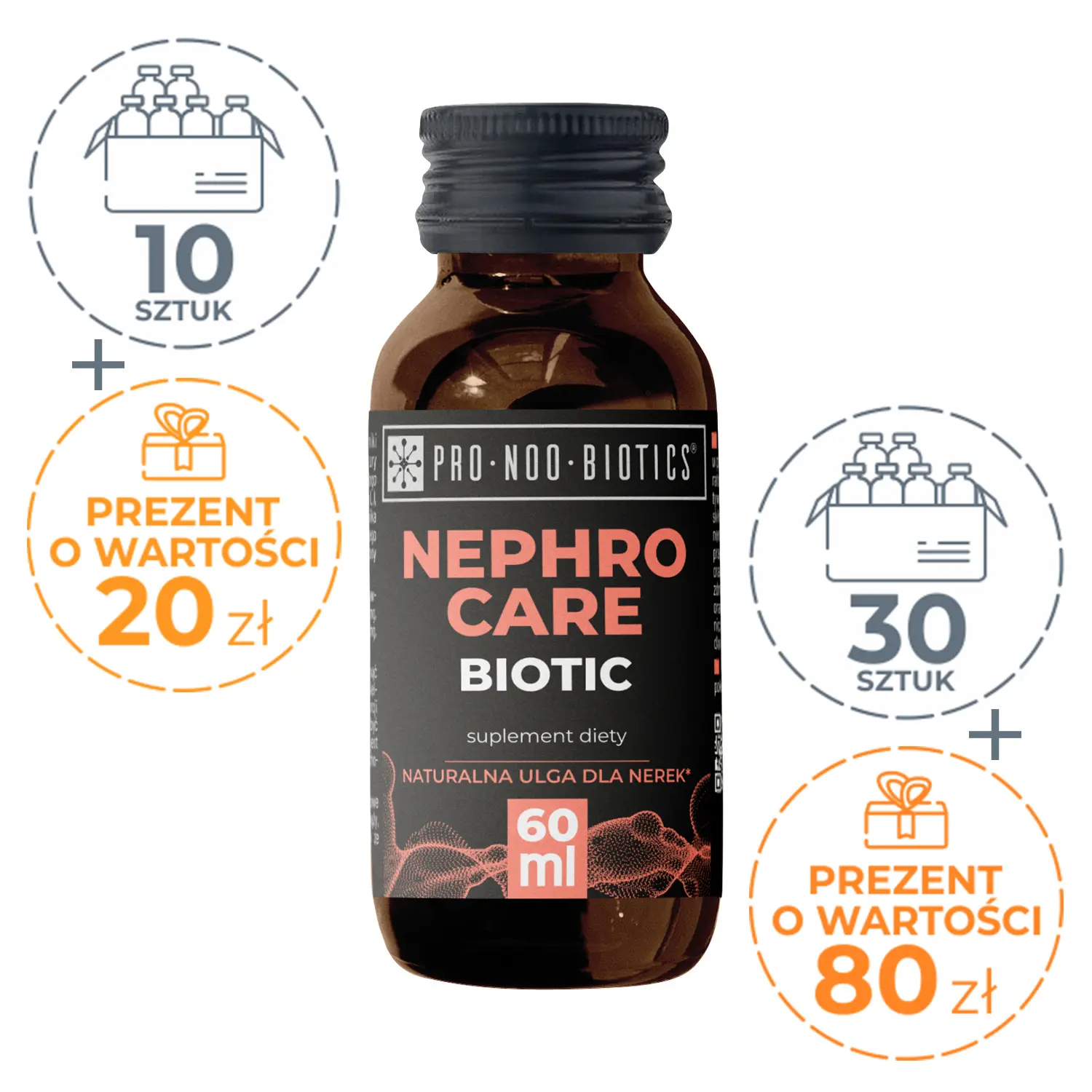

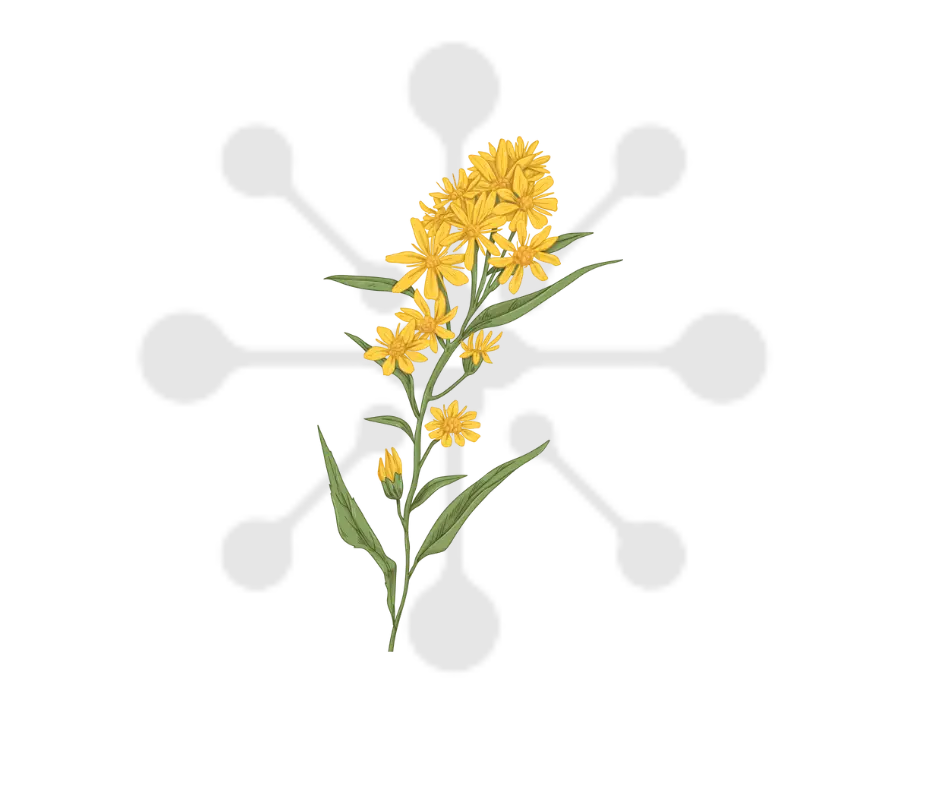
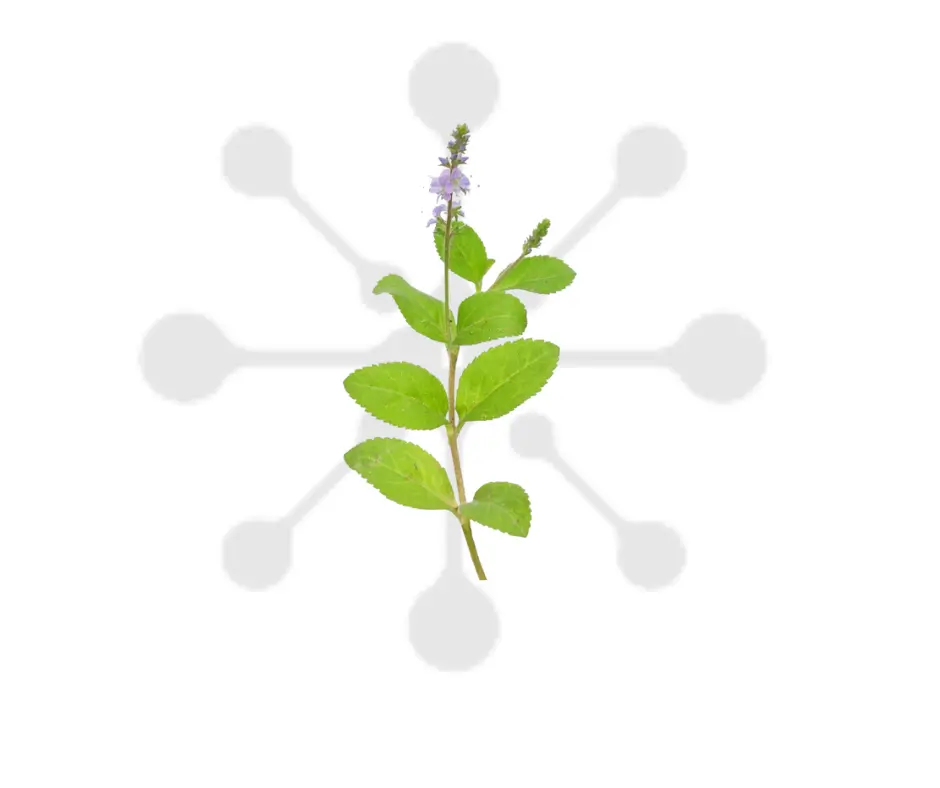
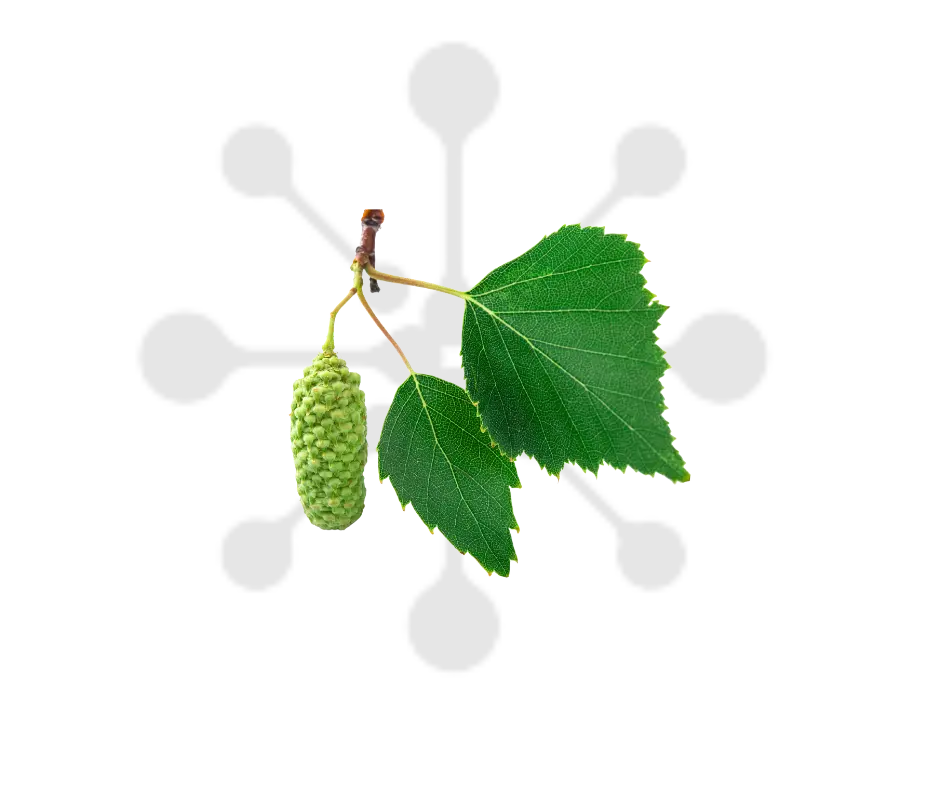
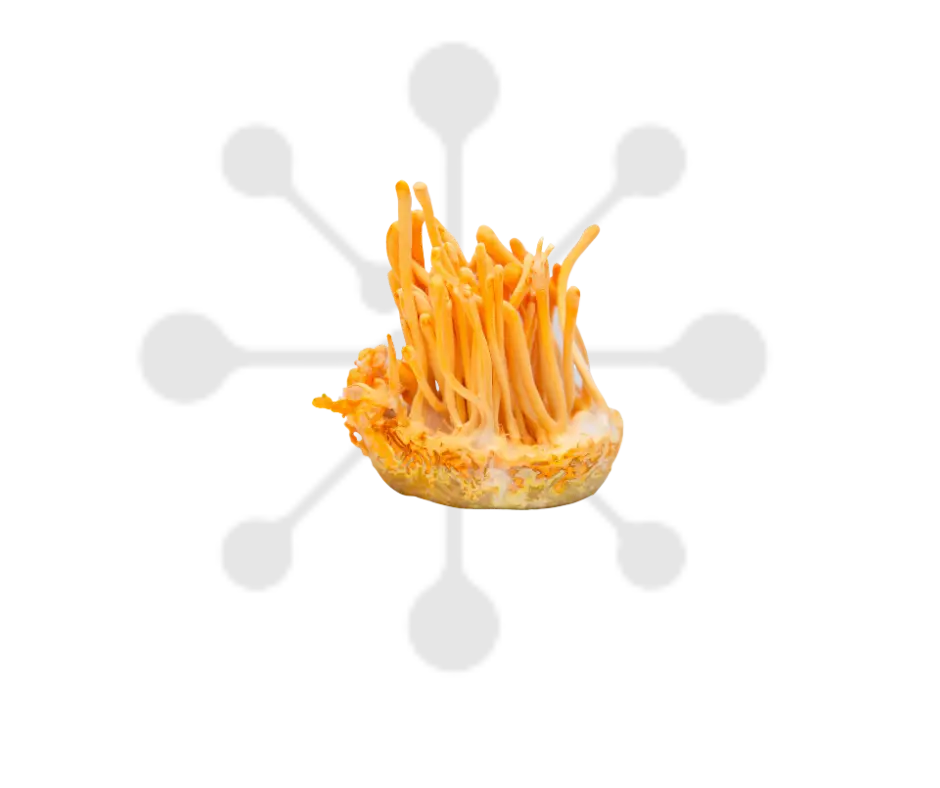
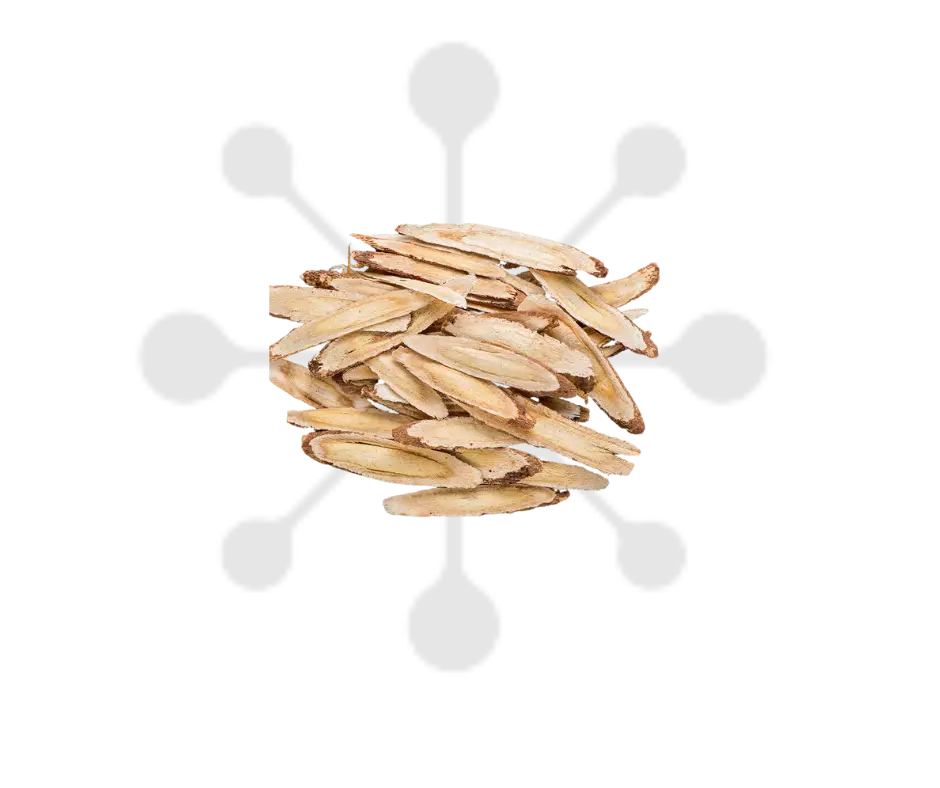





Robert Magrys -